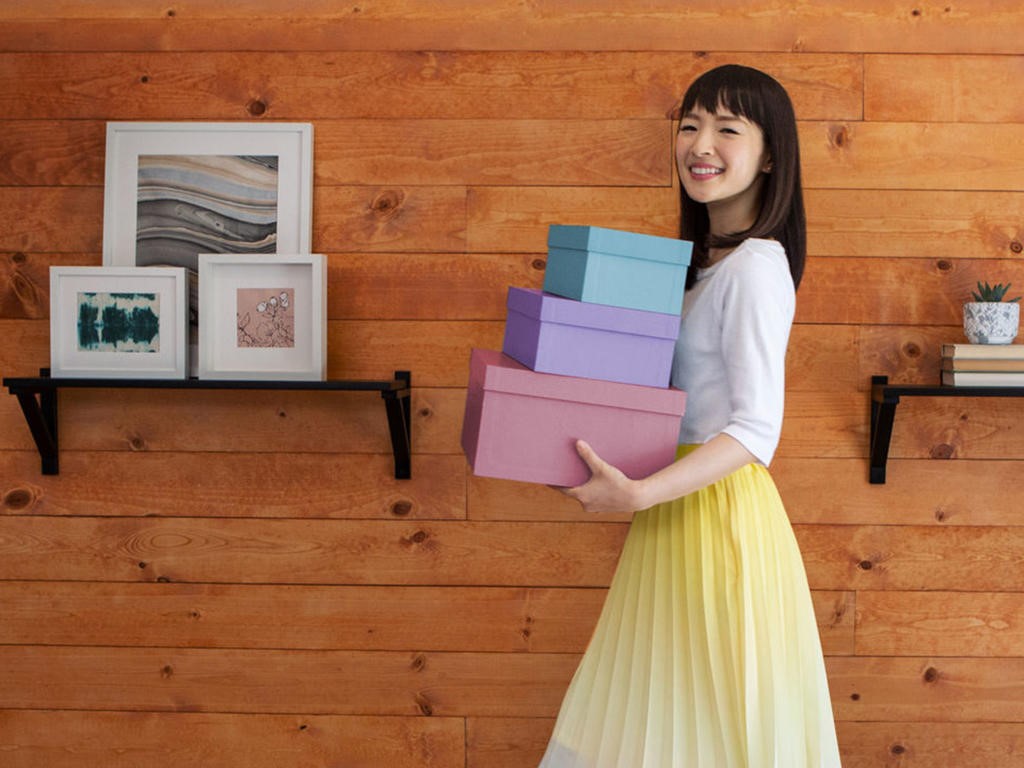
Marie Kondo is the ‘Supernanny’ of organizing
By Jerrison Oracion, Senior Columnist
Many during this lockdown are probably at home doing their favourite hobbies or trying to find new hobbies to pass the time. When you are finding everything that you need for your hobbies, you might have to go through a big pile or a cramped closet to find them. If your house is organized, you can find them quickly. If you need to learn how to clean up your house, there is Marie Kondo.
A show on Netflix that I finally got to watch, Tidying Up with Marie Kondo, swept the lifestyle categories with nominations in the Emmy Awards last year. In the show, Kondo and her translator who is also named Marie go to various family houses around the United States to help families tidy up their homes and remove a lot of gomi—which is garbage in Japanese—that they do not need. It is like the Supernanny of the streaming era, similar to how Tiger King is the Duck Dynasty of the streaming era.
Unlike Jo Frost who travels from England to the United States, Kondo currently lives in Los Angeles. In each episode, Kondo teaches the family her trademark method called the KonMari Method: its purpose is for all the important things that you keep at home to spark joy. It has five steps: clothing, books, paper, komono (which involves miscellaneous items), and sentimental items (also known as very personal items). Almost all the steps were explained in the first four episodes, but paper is discussed in a later episode.
I kind of use the KonMari method considering that one of the most important aspects of it is organizing items by category. I organize my collection of films from The Criterion Collection by film director. Kondo also organizes items by putting them in boxes, putting boxes in another larger box, and folding clothes like origami. Throughout the episode, you see her demonstrating essential tidying skills in her neat house.
The method Kondo uses is inspired by Zen philosophy; when Marie sits down in the center of the family’s home when she goes inside the house for the first time, it is like she is giving a blessing. Depending on how messy the house is, it takes an average of a month to complete the method. When they go through the piles of gomi in the house, they might find items that are important to them that they were trying to find. The first episode had flashbacks that looked like they were staged, but the show improves in the next few episodes when Kondo gains a friendship with the family.
I describe Kondo as genki, which roughly means peppy or a source of energy. She reminds me of Setsuko Hara, a Japanese actress who was a regular in the films of Yasujirō Ozu. Kondo is similarly short in stature to Hara. Recently, Kondo was involved in the controversy where New York Times (NYT) columnist Alison Roman accused Marie of selling out because she decided to make money from her fame. Roman has been suspended from her NYT column and has since issued an apology. Part of her statement included this quote: “Why couldn’t I express myself without tearing someone down? I definitely could have, and I’m embarrassed I didn’t.”
While KonMari is certainly like other celebrity brands, it has products designed to help tidy up and prevent items from cluttering the house. Tidying Up shows that you can put joy in your house and make it neat by cleaning it up with Kondo’s simple and effective method.


